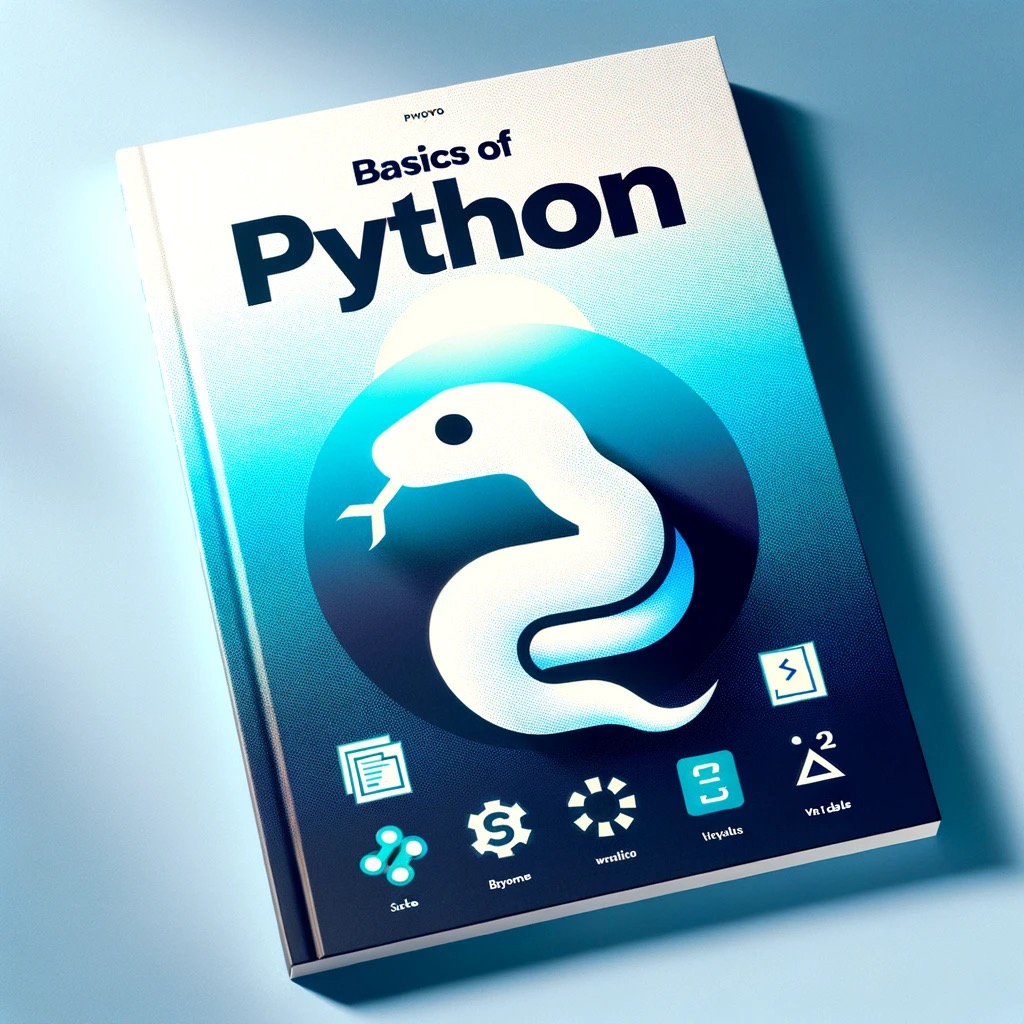Basics of Python 05: Object-Oriented Programming (OOP)
Object-Oriented Programming (OOP) in Python
Object-Oriented Programming is a programming paradigm that uses objects and classes in programming. It aims to implement real-world entities like inheritance, hiding, polymorphism, etc in programming. The main aim of OOP is to bind together the data and the functions that operate on them so that no other part of the code can access this data except that function.
1.1 Introduction to OOP
In OOP, we define classes that represent real-world things and situations, and then we create objects based on these classes.
Example:
class Dog:
def __init__(self, name, age):
self.name = name
self.age = age
def sit(self):
print(f"{self.name} is now sitting.")
def roll_over(self):
print(f"{self.name} rolled over!")
In this example, Dog is a simple attempt to model a dog. __init__ is a special method that Python runs automatically whenever we create a new instance based on the Dog class. The self parameter is required in the method definition, and it must come first before the other parameters. It must be included in the definition because when Python calls this method later (to create an instance of Dog), the method call will automatically pass the self argument.
1.2 Classes and Objects
Classes define functions called methods, which identify the behaviors and actions that an object created from the class can perform with its data.
Example:
my_dog = Dog("Willie", 6)
print(f"My dog's name is {my_dog.name}.")
print(f"My dog is {my_dog.age} years old.")
In this example, my_dog is an object created from the Dog class, which has two attributes name and age.
1.3 Inheritance and Polymorphism
Inheritance is the capability of one class to derive or inherit the properties from another class.
Example:
class GermanShepherd(Dog):
def __init__(self, name, age):
super().__init__(name, age)
def bark(self):
print("Loud Bark!")
In this example, GermanShepherd is a child class of Dog, and it inherits all of the Dog class’s capabilities.
Polymorphism allows the same function name to be used for different types. This can be achieved by function overloading or function overriding.
Example of Overriding:
class Bulldog(Dog):
def __init__(self, name, age):
super().__init__(name, age)
def bark(self):
print("Soft Bark!")
In this example, the bark method in Bulldog overrides the bark method in Dog (if it existed).
Conclusion
Object-Oriented Programming makes the program easy to understand as well as efficient. Practice creating and using classes and objects, and try implementing inheritance and polymorphism to get a better understanding of these concepts.
In the next sections, we will delve into more advanced topics and explore how OOP concepts can be used in real-world applications.


